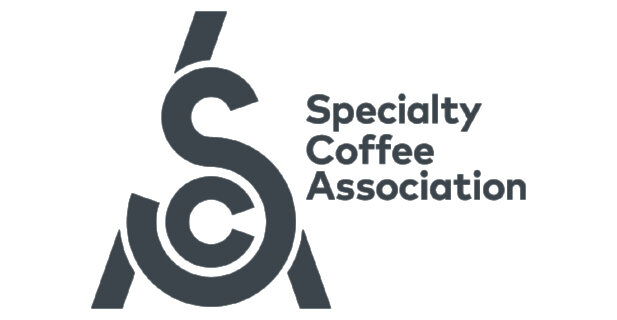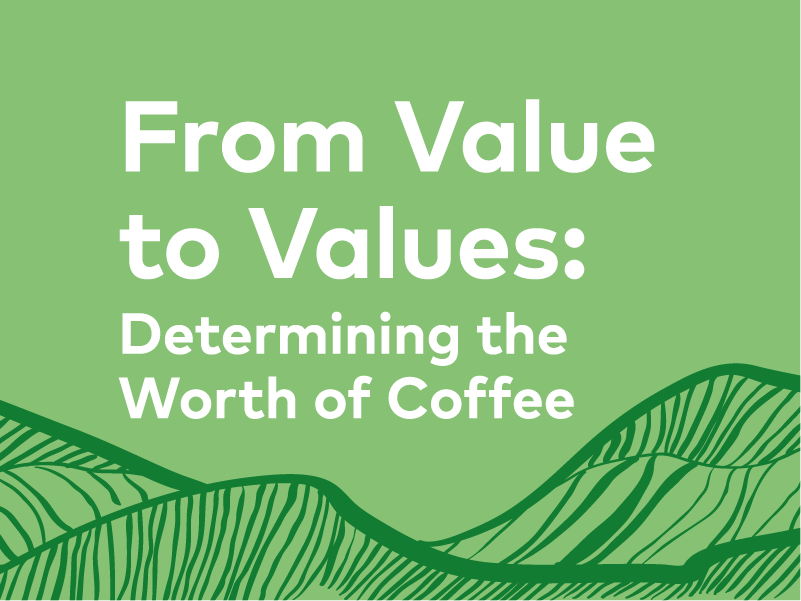Economists DAVIDE DEL PRETE and ROCCO MACCHIAVELLO recently completed a literature review of sustainability interventions for the Coffee Science Foundation; here, with PETER GIULIANO, they summarize its findings.
Read MoreCognitive psychologist BENTE KLEIN HAZEBROEK and language professor ILJA CROIJMANS explore the role and construction of coffee’s linguistic descriptions—those flavor notes and descriptions across coffee packaging and websites!—in a consumer’s willingness to pay.
Read MoreNOA BERGER explores how the “field” of coffee was inspired by (and inspires) related industries like fine wine, cacao, and—more recently—vanilla, and queries its impacts.
Read MoreWe’re never entirely sure what the future holds, but the past few years have made it feel particularly unpredictable.
Read MoreThe Specialty Coffee Association is the world’s largest coffee membership association, with a sustainability-driven purpose deeply ingrained in its structure as a non-profit trade organization: to make coffee better.
Read MoreAnthropology Professor EDWARD F. FISCHER, author of Making Better Coffee: How Maya Farmers and Third- Wave Tastemakers Create Value, explains the different types of value, ways of determining worth, and how we create economic value by drawing on other sorts of values (moral, social, political, and other cultural values) through the lens of his fieldwork in Guatemala.
Read MoreAnthropologist SARAH BESKY, PhD considers the relationship between tea’s sensory lexicon and ideas of quality across tea’s colonial history and current-day trading practices, highlighting that quality is far from an objective measure—and that it must be constantly reproduced in practice, including how we choose and use words to adjudicate quality over time.
Read MoreCHERYL HUNG, lead researcher for the NCA's National Coffee Data Trends studies, traces the impact of the pandemic on coffee consumption in the US and Canada, highlights the collective urge to reconnect, and calls for the coffee community to focus on marketing the emotional benefits and the “softer” aspects of America’s favorite morning beverage.
Read MoreLead author Dr. MACKENZIE BATALI shares the results of a controlled and systematic study exploring the impact of the cold brew process on the sensory profile of the beverage it produces, recently published in MDPI’s open access journal, Foods.
Read MoreCorresponding author HELEN VAIKMA shares the results of a study market mapping the sensory attributes of five different categories of plant-based beverages.
Read MoreVAUGHN TAN highlights where uncertainty (which is not the same thing as risk) exists within specialty coffee’s supply chain, and questions whether the industry’s previous emphasis on the “direct” in “direct trade,” combined with a drive to rebuild leaner coffee supply chains, has had unintended side effects.
Read MoreOn a very basic level, we all know that our present actions are the seeds of our future—but it can be easy to forget the exact steps you took to get to where you are, unless you deliberately stop to mentally retrace them.
Read MoreToday’s SCA Cupping Protocol and the SCA Cupping Form are among the most used tools of the coffee industry, applied daily by thousands of people around the world, serving actors across coffee’s vast and complex value-generating system.
Read MoreOriginating in the early 2000s as an acronym to capture non-financial areas connected to business performance, the term ESG—short for “environmental, social, and governance”—has become significantly more visible over time. While the term now appears in mainstream outlets more often than it did a decade ago, many people are still unclear on what it really means, how it differs from or aligns with sustainability, and its potential relevance for their own organizations. KELLEM EMANUELE offers an ESG primer tailored for the coffee industry.
Read MoreThe word “sustainability” is everywhere, but do we really know—or agree on—what it means? Professor SARAH GRANT explains why, despite its difficulty, understanding “sustainability” as a framework is a worthwhile endeavor, especially in understanding culturally relative perspectives and the power relations inherent in the promotion of sustainable coffee.
Read MoreDr. JORGE BERNY and Dr. MARIO FERNÁNDEZ-ALDUENDA share initial results of a collaborative study examining how cuppers cup and exploring the potential impacts of a proposed component of the reengineered cupping protocol.
Read MoreProfessors CARLOS CARPIO, PhD and LUIS SANDOVAL, PhD worked with BRENDA MAMANI, MSc to ask: what are the living wages in El Salvador and Honduras, and how would current total costs and profitability of coffee production be affected if farmworkers were paid living wages?
Read MoreAssistant Professor CHRISTOPHER H. HENDON shares the theory underpinning an ongoing Coffee Science Foundation research project, supported by Simonelli Group, toward deepening our understanding of espresso extraction.
Read MoreCorresponding author MATEUS MANFRIN ARTÊNCIO shares the findings of a recent paper, “A Cup of Black Coffee with GI, please! Evidence of Geographical Indication Influence on a Coffee Tasting Experiment,” published in Physiology & Behavior, confirming the significant influence an extrinsic attribute like a geographical indication has on consumers’ tasting.
Read More



















